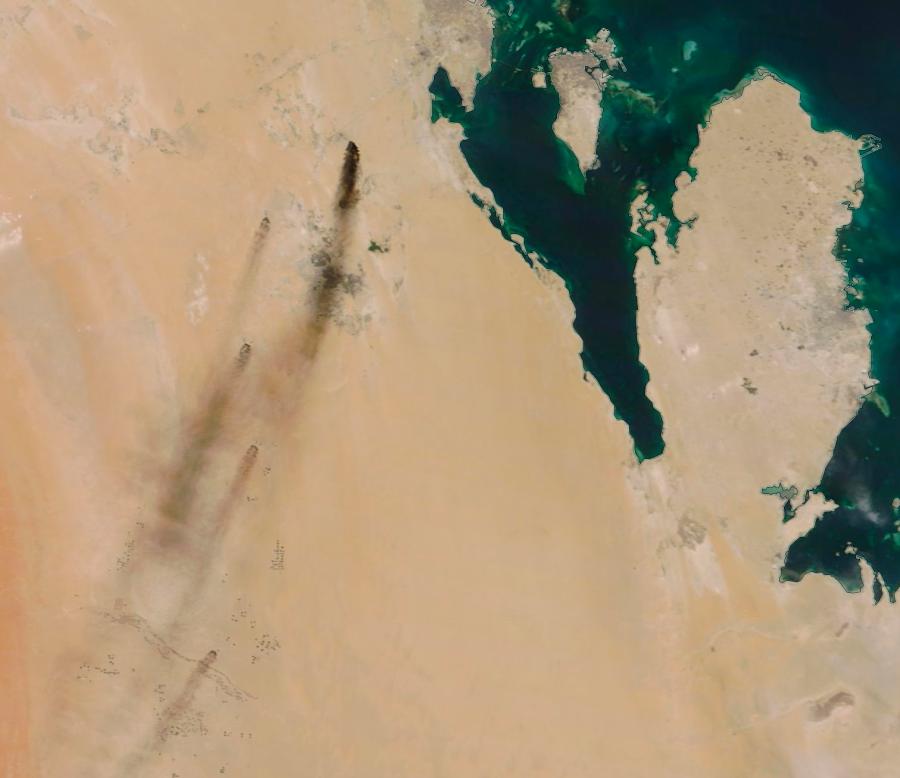
There are four countries have been in the news lately, intertwined in a complex little dance that had resulted in the temporary shutting down of 5% of the world oil production. Lets us look at the four countries for a moment:
………………………………………Iran……….Iraq……….Saudia Arabia……..Yemen
Population (millions)……………….83…………37……………..33………………….28
GDP (billions)……………………..484………..250……………762………………….28
Per Capita Income……………..5,820………6,116………..23,566………………..925
% Shiite……………………………..90+…………60…………10-15%…………….35-40%
Now, there are also five other states in and around the Persian/Arabian Gulf (Kuwait, Qatar, Bahrain, UAE and Oman. The most populous and richest of these is UAE with 9.6 million people and a nominal GDP of 433 billion. Some of these states, like Bahrain, are majority Shiite.
While there might be some retaliatory strikes in response, this simple comparison shows that:
- Iran is the big guy in the region.
- Saudia Arabia is probably not in position to wage war against Iran. It may conduct a military response, but nothing pushing towards something that looks like full-scale war.
- Especially as they do not have a common border except over the Gulf.

P.S. Based upon Purchasing Power Parity (PPP)
………………………………………Iran………..Iraq…………Saudia Arabia……..Yemen
GDP (billions)……………………….484…………250…………..762……………………28
Per Capita Income………………..5,820………6,116……….23,566………………….925
GDP PPP………………………….1,540…………734………..1,924……………………73
Per Capita Income………………18,504……..17,952………56,817………………..2,380
P.P.S. A related relevant earlier blog post:

Not having a common border (except the wide gulf border) might make Saudi Arabia less hesitant to attack Iran by air (since a massive counter-attack by armor and infantry forces of Iran would be less likely).
What’s the airpower comparison (including missles as well as manned aircraft)?
Hey Neal, I already did this back in May. That blog post is here:
https://dupuyinstitute.dreamhosters.com/2019/05/21/air-forces-in-the-persian-arabian-gulf/
The answer is 142 air superiority and multi-role Iranian jets compared to 595 controlled by the seven Arab states lining the Gulf. In most cases, the Arab nations have better quality aircraft…and 33 Ground Attack aircraft vice 100+. No question who will be able to establish air superiority.
The Iranian Air Force Chief was just fired for failing to report undetected Israel penetrations into their airspace. The Israelis were supposedly testing out their capability to hit Iranian targets undetected.
So Israel would need to be added to the list.
And Syria is a near proxy of Iran, so you can add them as well. Although the loss ratio of Syrian to Israeli’s in air-to-air combat is something like 70 to 0.